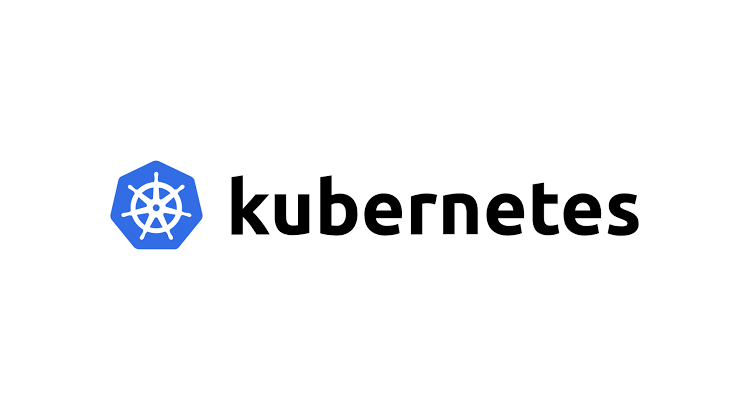In our most recent SNIA Cloud webcast, “Cloud Object Storage and the Use of Gateways,” we discussed market trends toward the adoption of object storage and the use of gateways to execute on a cloud strategy. If you missed the live event, it’s now available on-demand together with the webcast slides. There were many good questions at the live event and our expert, Dan Albright, has graciously answered them in this blog.
Q. Can object storage be accessed by tools for use with big data?
A. Yes. Technically, access to big data is in real-time with HDFS connectors like S3, but it is conditional on latency and if it is based on local hard drives, it should not be used as the primary storage as it would run very slowly. The guidance is to use hard drive based object storage either as an online archive or a backup target for HDFS.
Q. Will current block storage or NAS be replaced with cloud object storage + gateway?
A. Yes and no. It’s dependent on the use case. For ILM (Information Lifecycle Management) uses, only the aged and infrequently accessed data is moved to the gateway+cloud object storage, to take advantage of a lower cost tier of storage, while the more recent and active data remains on the primary block or file storage. For file sync and share, the small office/remote office data is moved off of the local NAS and consolidated/centralized and managed on the gateway file system. In practice, these methods will vary based on the enterprise’s requirements.
Q. Can we use cloud object storage for IoT storage that may require high IOPS?
A. High IOPS workloads are best supported by local SSD based Object, Block or NAS storage. remote or hard drive based Object storage is better deployed with low IOPS workloads.
Q. What about software defined storage?
A. Cloud object storage may be implemented as SDS (Software Defined Storage) but may also be implemented by dedicated appliances. Most cloud Object storage services are SDS based.
Q. Can you please define NAS?
A. The SNIA Dictionary defines Network Attached Storage (NAS) as:
1. [Storage System] A term used to refer to storage devices that connect to a network and provide file access services to computer systems. These devices generally consist of an engine that implements the file services, and one or more devices, on which data is stored.
2. [Network] A class of systems that provide file services to host computers using file access protocols such as NFS or CIFS.
Q. What are the challenges with NAS gateways into object storage? Aren’t there latency issues that NAS requires that aren’t available in a typical Object store solution?
A. The key factor to consider is workload. If the workload of applications accessing data residing on NAS experiences high frequency of reads and writes then that data is not a good candidate for remote or hard drive based object storage. However, it is commonly known that up to 80% of data residing on NAS is infrequently accessed. It is this data that is best suited for migration to remote object storage.
Thanks for all the great questions. Please check out our library of SNIA Cloud webcasts to learn more. And follow us on Twitter @SNIACloud for announcements of future webcasts.



 We are increasingly living in a multi-cloud world, with potentially multiple private, public and hybrid cloud implementations supporting a single enterprise. Organizations want to leverage the agility of public cloud resources to run existing workloads without having to re-plumb or re-architect them and their processes. In many cases, applications and data have been moved individually to the public cloud. Over time, some applications and data might need to be moved back on premises, or moved partially or entirely, from one cloud to another.
We are increasingly living in a multi-cloud world, with potentially multiple private, public and hybrid cloud implementations supporting a single enterprise. Organizations want to leverage the agility of public cloud resources to run existing workloads without having to re-plumb or re-architect them and their processes. In many cases, applications and data have been moved individually to the public cloud. Over time, some applications and data might need to be moved back on premises, or moved partially or entirely, from one cloud to another. In a recent survey of enterprise hybrid cloud users, the Evaluator Group saw that nearly 60% of respondents indicated that lack of interoperability is a significant technology issue that they must overcome in order to move forward. In fact, lack of interoperability was the number one issue, surpassing public cloud security and network security as significant inhibitors.
In a recent survey of enterprise hybrid cloud users, the Evaluator Group saw that nearly 60% of respondents indicated that lack of interoperability is a significant technology issue that they must overcome in order to move forward. In fact, lack of interoperability was the number one issue, surpassing public cloud security and network security as significant inhibitors.